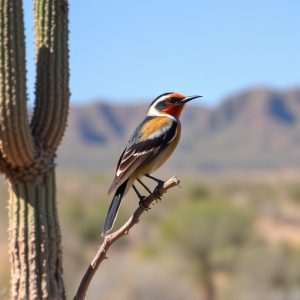Southern Arizona is a premier birding destination due to its strategic location on the Pacific Flyway and diverse ecosystems, attracting enthusiasts year-round. Spring (March-May) offers sightings of warblers and cuckoo, summer (June-August) features desert birds like bluebirds, fall (September-November) brings warblers, sparrows, and waterfowl preparing for migration, while winter (December-February) hosts northern finches and snowy owls. Seasonal shifts create dynamic viewing experiences, with night and daytime migrants following distinct patterns influenced by weather. Responsible birding practices, leveraging weather data, and respecting bird rhythms enhance opportunities to observe rare species while supporting conservation efforts in this top birding location.
Discover the captivating rhythms of bird migration in Southern Arizona, where feathered visitors from across the globe converge each year. This guide delves into the intricate timetables of migratory birds, illuminating key seasons and popular birding spots that offer unparalleled viewing experiences. From nocturnal wanderers to daytime travelers, explore how weather patterns influence their routes and uncover best practices for responsible birding during this dynamic season in southern Arizona’s rich natural landscape.
- When Do Birds Migrate Through Southern Arizona?
- Popular Birding Spots and Their Timing
- Seasonal Changes in Bird Population
- Night Migrants vs. Daytime Migrators
- Weather Patterns and Migration Routes
- Best Practices for Birders During Migration Season
When Do Birds Migrate Through Southern Arizona?
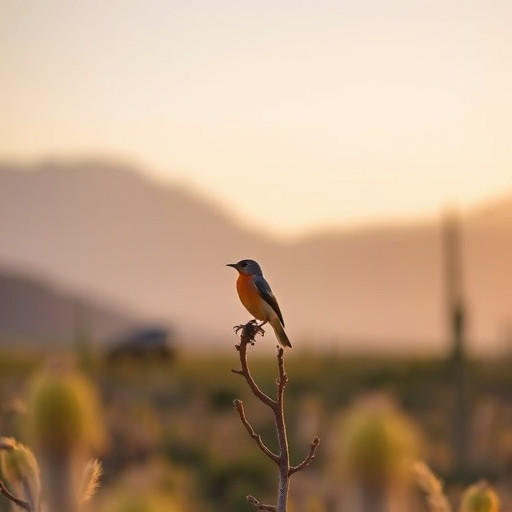
Birds begin their northward migration through Southern Arizona as early as February, with peak activity occurring between March and April. This is when birders can expect to see a diverse range of species passing through, including warblers, thrushes, and even the majestic Swainson’s Thrush. The fall migration, from August to October, also brings a unique array of birds, with many species stopping over to rest and feed before continuing their journey south.
For birding enthusiasts in Southern Arizona, these migrations offer prime opportunities to observe rare and common species alike. The region’s strategic location along the Pacific Flyway makes it a popular stopover point for migratory birds, ensuring an exciting and dynamic birding experience throughout the year.
Popular Birding Spots and Their Timing
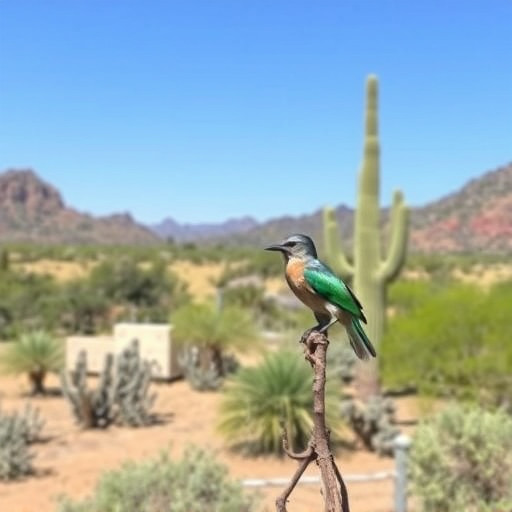
Birders flock to Southern Arizona year-round, drawn to the region’s diverse ecosystems and abundant avian life. For optimal viewing, timing is key. Spring (March-May) sees a surge in activity as migratory species return, with highlights like the yellow-billed cuckoo and blue-gray gnatcatcher. Summer (June-August) offers opportunities to spot desert species such as the black-throated blue bird and the greater roadrunner. Fall (September-November) is another prime time, as birds prepare for their southern journey; look for warblers, sparrows, and waterfowl. Winter (December-February) brings different migrants, including northern finches and snowy owls, providing a year-round birding experience in this captivating Arizona destination.
Seasonal Changes in Bird Population
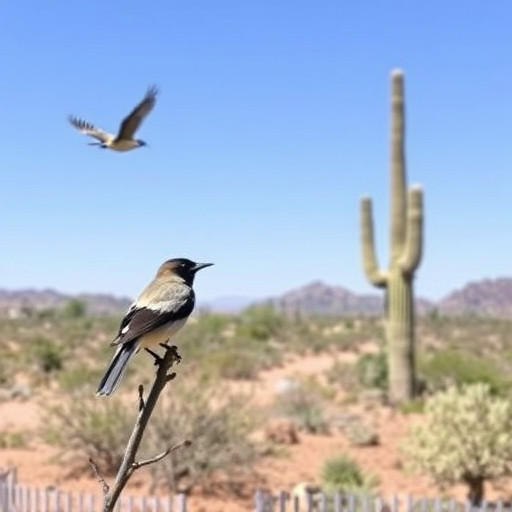
In Southern Arizona, birding enthusiasts can witness remarkable seasonal changes in bird populations, making it a haven for migration enthusiasts. The region experiences distinct seasons that influence the behavior and distribution of various avian species. During spring, many migratory birds arrive, taking advantage of the abundant food sources and suitable habitats as they return from their wintering grounds. This period is particularly exciting for birders, offering opportunities to spot rare and colorful species. As summer progresses, the bird community shifts again, with some migrants staying for the warm season while others continue their journey further north.
The fall marks another significant transition when many birds begin their southward migration. Birders in Southern Arizona can observe these impressive journeys, contributing to the region’s reputation as a key stopover site along the Pacific Flyway. In winter, the bird population typically reaches its peak diversity, with species from farther north joining the residents, creating an even richer birding experience for local and visiting enthusiasts alike. These seasonal variations make birding in southern Arizona a dynamic and ever-changing adventure throughout the year.
Night Migrants vs. Daytime Migrators
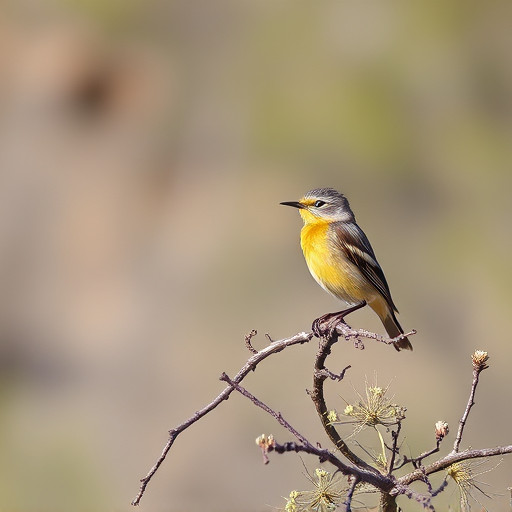
In Southern Arizona, bird migration patterns present a captivating spectacle for birders and nature enthusiasts alike. One intriguing distinction lies between night migrants and daytime migrators. Night migrants, as the name suggests, embark on their journeys under the cover of darkness, taking advantage of cooler temperatures and reduced wind resistance. These birds include species like the Common Poorwill and various owl varieties. On the other hand, daytime migrators prefer to travel during daylight hours, often utilizing visual cues and the sun’s position for navigation. Warblers, thrushes, and sparrows are examples of day migrants that can be observed actively flying in the vibrant skies of southern Arizona as birding enthusiasts spot them from various viewpoints.
Understanding these migration strategies is essential for those engaging in birding activities in the region. Birders can anticipate different species’ arrival and departure times, enhancing their chances of spotting rare or seasonal birds. The diverse migration patterns create a dynamic landscape for observation, making birding in southern Arizona an exciting experience throughout the year.
Weather Patterns and Migration Routes
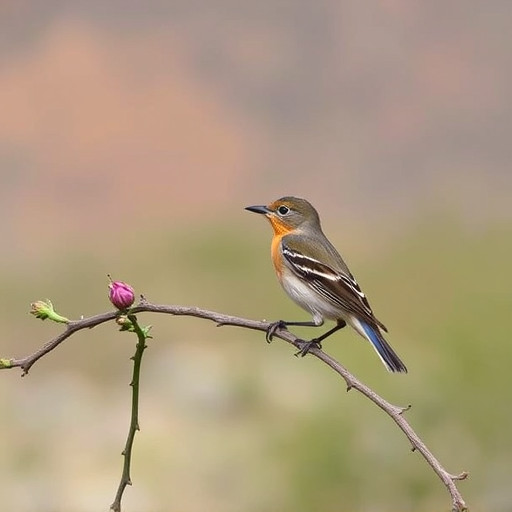
Weather patterns play a significant role in shaping bird migration timelines in Southern Arizona, especially for avid birders who seek to observe these remarkable natural events. The region’s diverse microclimates and seasonal weather shifts directly influence when and where bird species make their annual journeys. For instance, warm, south-blowing winds in autumn typically signal the start of migration for many species, with birds taking advantage of these favorable conditions to fuel their long-distance flights.
Birding enthusiasts in Southern Arizona can anticipate specific routes based on historical data and weather predictions. Many migratory paths follow established corridors, guided by topographical features like mountains and rivers. Understanding these patterns allows birders to strategically plan trips, increasing the chances of spotting a variety of species during peak migration seasons.
Best Practices for Birders During Migration Season
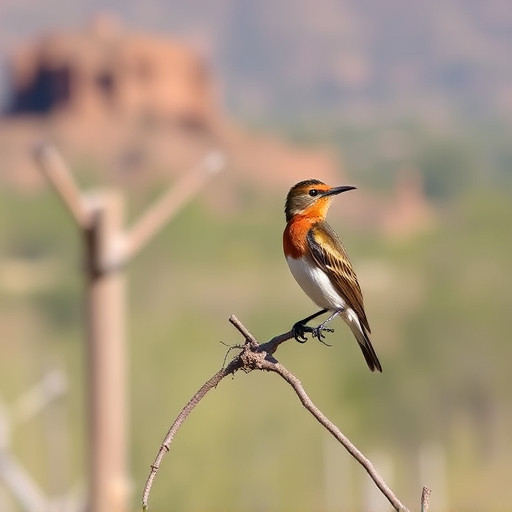
During migration season, bird enthusiasts engaging in birding in Southern Arizona can enhance their experiences and contribute to conservation efforts by adopting several best practices. One key practice is to respect the birds’ natural rhythms and avoid disturbing their habitat, especially during early morning and late evening hours when many species are most active. Birders should also be mindful of reducing their own impact on the environment; this includes staying on designated trails, properly disposing of waste, and using bird guides and field glasses responsibly to minimize noise and movement.
Additionally, it’s essential to be observant and patient, as some species may be scarce during certain parts of the migration. Documenting sightings through photography or note-taking can help birders track patterns and contribute to community efforts like eBird. Engaging in responsible birding practices not only ensures a more enjoyable experience for everyone but also plays a vital role in preserving the rich avian diversity that makes Southern Arizona such a sought-after destination for birding enthusiasts.
Bird migration in Southern Arizona offers a captivating experience for birders, with diverse species passing through at different times of the year. By understanding the timelines and behaviors of night migrants versus daytime fliers, and being mindful of weather patterns that influence their routes, enthusiasts can enhance their birding experiences. Popular spots across the region welcome birds during specific seasons, providing ample opportunities to observe these remarkable journeys. Adhering to best practices during migration season ensures a sustainable and respectful experience for both birdwatchers and the diverse feathered visitors that grace southern Arizona’s skies.
